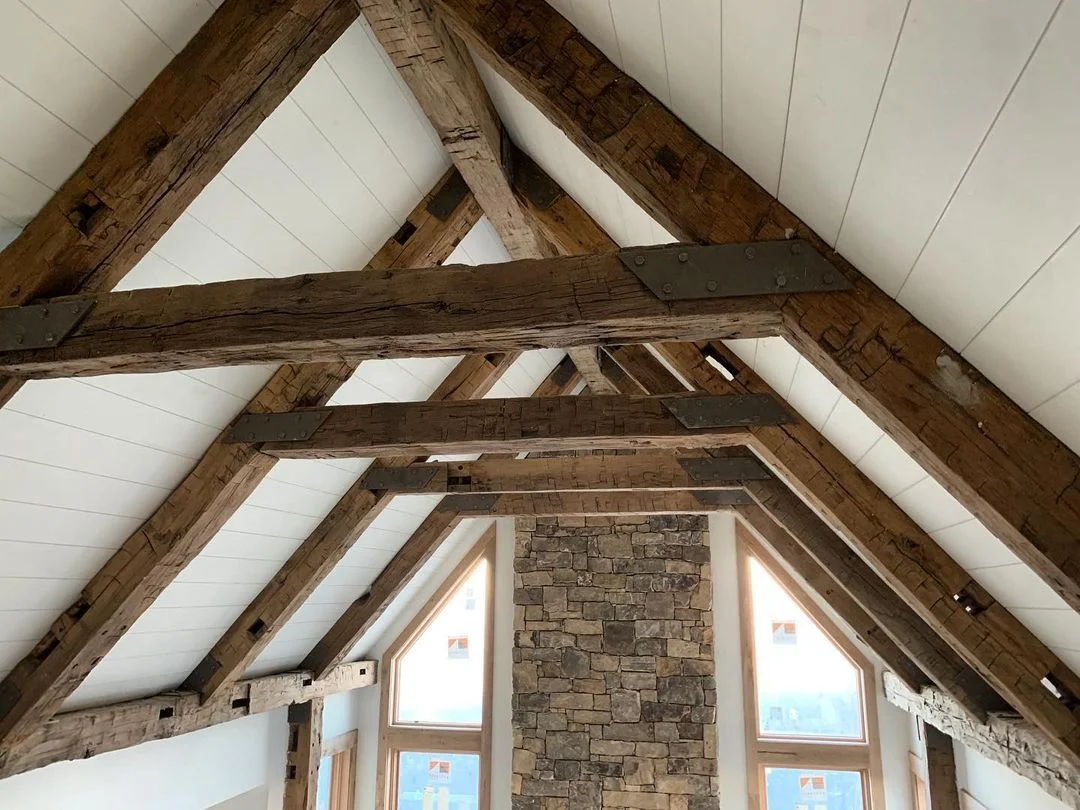You are about to embark on an adventure that will take you through the exciting world of stair treads that alternate in direction. These one of a kind architectural details have the potential to completely transform your living or working space, bringing with them increased levels of convenience, security, and effective utilization of the available ground area. This blog is an absolute necessity to read in its entirety if you are interested in finding ways to maximize your floor space by installing one of these eight stunning alternating stair treads. Let’s start!
Definition of Alternating Stair Treads
What exactly are alternating stair treads and why are they used? They are stairs that have been constructed with a distinctive tread pattern that shifts from one side to the other as you walk up or down them. This design makes it possible to have a steep staircase that takes up less space on the floor than a conventional staircase while still maintaining its usability and safety.
Compared to standard stairs, each stride on these stairs is deeper, giving your foot more room to move around. It is a seamless combination of practicality, aesthetics, and intelligent utilization of available space.
Importance of Using Floor Space Efficiently
In recent years, there has been a trend toward smaller living and working quarters, which has contributed to an increase in the value of a square foot. The optimization of floor space is not merely a trend; rather, it is an absolute requirement. One way to make the most of the available space in your home is by utilizing alternate stair treads, to name just one example. As a consequence of this, you can accomplish more in the same quantity of space, effectively bestowing a superpower upon your home.
Why Opting for Alternating Stair Treads
1.Comfort and Safety
Stairways should prioritize comfort and safety. Alternate-tread stairs achieve both goals. They’re unique because they leave room for your foot to step, reducing tripping. Since the stairs are alternating, climbing them is easier and more natural than on steep stairs. A must for all good staircases is their safety; thankfully you can ensure this without losing out on aesthetic appeal.
2. Floor Space Efficiency
The space-saving design of alternating stair treads is beautiful. Alternative tread stairs have a smaller footprint than conventional stairs. Because each step is offset, the staircase can be shortened without losing its usefulness.
This can free up space so you can add more elements and furniture to your design. At home or at work, it makes your space feel more open and airy. Remember, businesses that can house more people or equipment in the same space save money.
3.Ship Stairs
Did you know the origin of alternating stair treads? Intermittent stair treads are common on ships and other marine vessels, whose close quarters and seafaring unpredictability make them an ideal choice. Steep inclines and alternating treads save space and make ship stairs safe and fast. Whenever space is limited, they work well. Ship stairs save space and look nautical. Their construction ensures they’ll withstand pressure and last for generations.
4. Adherence to Building Codes
Are alternating stair treads safe? Yes, if done right. Most building codes require stair tread and riser depth and height. These specifications can be met with alternating tread staircases that save space. To ensure zoning compliance, expert advice is needed.
Building codes ensure quality and safety. Your staircase will last longer and be safer if you follow the rules. If a building meets codes, insurance premiums and property values are directly related.
5. Roof Hatches
Commercial and industrial buildings often have roof hatches for easy access. These spaces are often limited, so alternating stair treads are ideal. They open hatches securely without taking up much space. By placing roof hatches on treads, you can maximize their space to store items or install new machinery.
6. Standard Stairs
Despite their many uses, alternating stair treads can be used on conventional staircases. New and renovated staircases with alternating treads look great. Use them instead of a staircase or add landings and twists for a more complicated layout.
Changing stair treads is a simple way to update your home or office. It can increase room size, circulation, and decor. As shown, it improves safety and comfort, making your staircase more than a passageway.
7. Space Saving
Alternating stair treads save space and should be installed where standard stairs can’t because they’re staggered and compact. It can make cramped quarters feel more spacious and functional, improving comfort and productivity.
8. Tread Depth
Tread depth measures the stair’s leading-to-trailing edge. A staircase’s layout affects safety and comfort. Although the incline is steep, alternating stairs have a deeper tread depth than conventional stairs, providing a more secure footing. Tread depth can help reduce trips and falls. Wide steps make stair climbing easier and more user-friendly.

In conclusion, stairs with alternate treads are a marvel of modern design that combine safety, comfort, and space efficiency. They’re adaptable to various settings, from homes to offices to industrial sites, and come with a host of benefits. They save space, enhance safety, add aesthetic appeal, improve comfort, and comply with building codes. Whether you’re planning a new build or refurbishing an existing one, alternating stair treads are worth considering.






